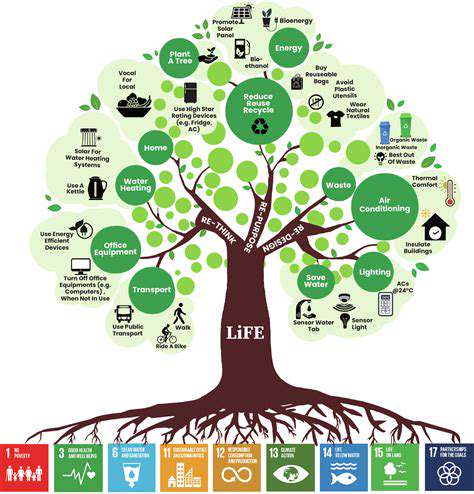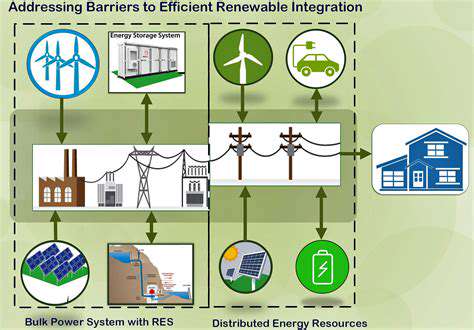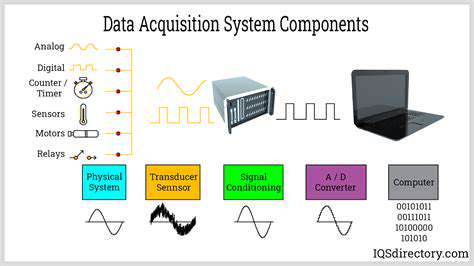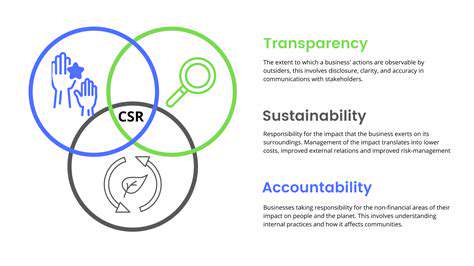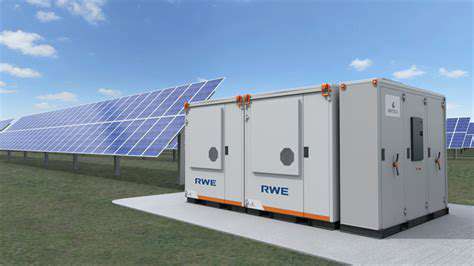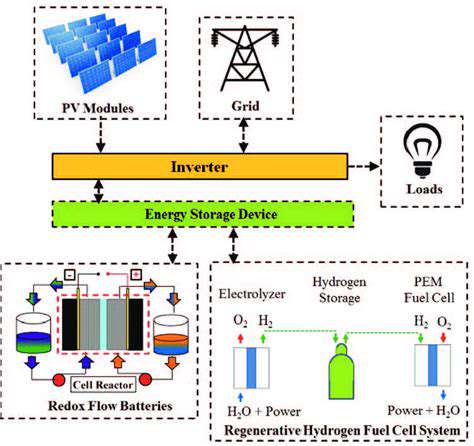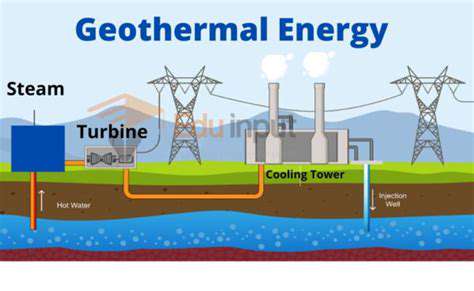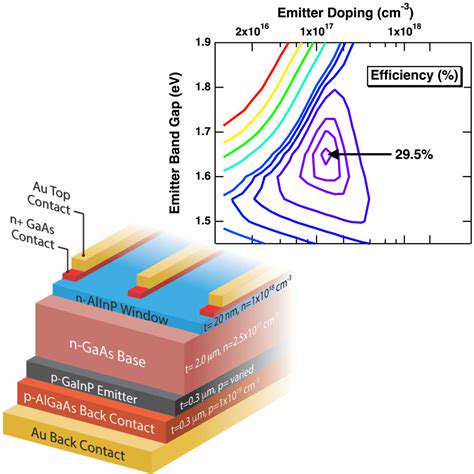Energy Storage: Enabling a Truly Renewable Energy System
Energy storage has evolved from a niche innovation to the backbone of our sustainable energy future. Storing surplus renewable energy—particularly from solar and wind—is no longer optional but essential to address their inherent variability. This capability transforms intermittent generation into a steady power supply for homes, industries, and cities worldwide.
Without advanced storage solutions, we're merely scratching the surface of renewables' potential. Modern storage systems act as shock absorbers for the grid, ensuring reliability as we transition from fossil fuels. Their importance cannot be overstated in building resilient energy networks.
Diverse Storage Technologies for Different Needs
The storage landscape features multiple solutions, each excelling in specific scenarios. Lithium-ion batteries dominate portable devices and electric vehicles with their quick charging and compact size, while pumped hydro storage remains the workhorse for large-scale grid applications, using simple gravity-based water systems.
Innovative alternatives like flow batteries offer modular scalability, and compressed air storage provides massive capacity for utility-scale needs. Thermal storage solutions, meanwhile, capture excess heat for later use in industrial processes.
Grid Stability Through Intelligent Storage
Storage systems serve as the grid's safety net, absorbing fluctuations that could cause blackouts. By acting as a buffer between generation and consumption, they prevent the cascading failures that plague traditional grids. This functionality becomes increasingly vital as renewable penetration grows.
During demand peaks, strategically deployed storage can delay or eliminate the need for expensive infrastructure upgrades. The economic case strengthens when considering avoided outages and optimized energy trading.
Economic Drivers and Policy Support
The storage sector presents compelling investment opportunities, with governments worldwide introducing tax incentives and grants to accelerate adoption. These financial mechanisms help bridge the gap between current costs and long-term value.
Beyond direct savings, a storage-enhanced grid attracts business investment by guaranteeing power quality and availability, making regions more competitive for industries requiring reliable electricity.
Balancing Environmental Impacts
While storage technologies present material challenges, the industry is making strides in sustainable manufacturing and recycling. The environmental calculus must consider storage's enabling role in decarbonization—its benefits far outweigh initial impacts when properly managed.
Responsible sourcing, efficient production methods, and closed-loop recycling systems are minimizing ecological footprints across the storage value chain.
Cross-Sector Applications Driving Demand
Storage solutions are revolutionizing multiple industries simultaneously. From smoothing renewable output to powering electric vehicles and stabilizing microgrids, their versatility explains the explosive market growth across commercial, industrial, and utility sectors.
Transportation's electrification particularly highlights storage's transformative potential, with advanced batteries enabling longer ranges and faster charging.
The Innovation Frontier
Storage technology advances at a breathtaking pace, with researchers pushing boundaries in materials science and system design. Breakthroughs in solid-state architectures and novel chemistries promise to redefine performance benchmarks while driving costs down.
Emerging thermal and chemical storage methods may soon complement existing technologies, creating hybrid systems that leverage multiple storage mechanisms for optimal performance.
Energy Storage Technologies: Matching Solutions to Applications
Battery Technologies: From Phones to Grids
Modern batteries span an impressive range, from pocket-sized lithium-ion cells to warehouse-scale flow battery installations. Each chemistry—whether lithium, sodium, or vanadium—brings distinct advantages in energy density, cycle life, and safety profiles. These differences determine whether they power smartphones, electric buses, or entire neighborhoods.
Supercapacitors fill a special niche, delivering explosive power for applications like regenerative braking and grid frequency regulation. Though they store less total energy, their instantaneous response makes them invaluable partners to conventional batteries.
Flow Batteries: Liquid Energy Reservoirs
Unlike conventional batteries, flow systems separate energy storage from power conversion. Their tank-based design allows virtually unlimited scaling—simply add more electrolyte solution. This architecture offers exceptional longevity, with some chemistries enduring tens of thousands of cycles without degradation.
Pumped Hydro: The Established Giant
Accounting for over 90% of global storage capacity, pumped hydro remains unmatched for bulk energy management. Modern projects are exploring underground reservoirs and seawater systems to overcome geographical limitations. Their century-long lifespans make them uniquely sustainable among large-scale options.
Compressed Air: Potential in Every Cubic Meter
Advanced CAES systems now achieve impressive efficiencies by capturing compression heat. Underground salt caverns provide natural storage vessels, while hybrid designs integrate thermal storage to boost performance. These systems excel at shifting massive amounts of energy over multi-day cycles.
Thermal Storage: Harnessing Heat Dynamics
From molten salt towers to phase-change materials, thermal systems store energy as temperature differentials. Industrial facilities use them to time-shift process heat, while commercial buildings leverage them for HVAC optimization. Their ability to integrate with waste heat streams creates additional efficiency gains.
Hydrogen: The Long-Duration Contender
As renewable hydrogen production scales up, storage solutions are keeping pace. New composite tanks and chemical absorption methods address historical challenges with density and safety. When paired with fuel cells, hydrogen enables seasonal energy storage—a capability few other technologies can match.
Phase Change Materials: Silent Temperature Managers
PCMs work behind the scenes in everything from smart textiles to data center cooling. Their ability to maintain precise temperatures during phase transitions makes them ideal for applications demanding thermal stability. Ongoing materials research continues to expand their operating ranges and reliability.
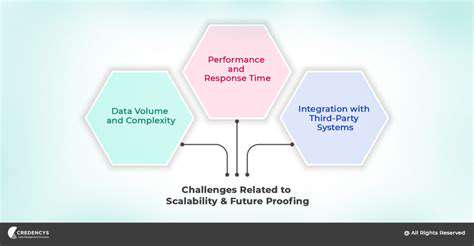
Storage Integration: The Smart Grid Revolution
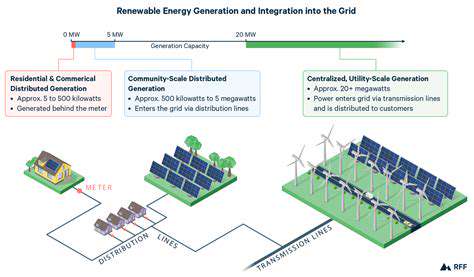
Bridging Renewable Gaps
Storage acts as the critical link between variable renewables and steady grid operation. Modern storage systems don't just backup power—they actively reshape its delivery, turning intermittent sources into firm capacity. This transformation requires sophisticated control algorithms that anticipate both generation patterns and consumption needs.
Peak shaving demonstrates storage's economic value, with systems discharging precisely when electricity commands premium prices. This capability becomes more valuable as time-of-use rates proliferate and renewable curtailment grows.
Implementation Realities
The storage revolution faces practical hurdles. While lithium-ion prices have plummeted, other technologies still require cost reductions to reach mass adoption. System designers must balance upfront expenses against decades of operational savings—a complex calculation involving degradation rates and market dynamics.
Grid interconnection presents another challenge, as storage's unique characteristics demand updated protection schemes and power electronics. Utilities are developing new interconnection standards specifically for storage assets, recognizing their distinct behavior compared to traditional generation.
Policy frameworks must evolve in parallel, creating markets that properly value storage's flexibility and ancillary services. Forward-looking regions are already implementing capacity payments for storage, recognizing its role in maintaining grid resilience.
